La Sardina vs. Vivitar Ultra Wide and Slim (Part 1)
22 68 Share TweetI did a side-by-side comparison of La Sardina with Vivitar Ultra Wide & Slim, and discovered some very interesting things. This is the first installment of a two-part review.
This was an interesting comparison. La Sardina (the Domino Pattern Edition was used for this review) and the Vivitar Ultra Wide & Slim are different in nearly every way except the lens.
Both the Vivitar UW&S and La Sardina have a plastic 22mm lens. This is extremely interesting because it puts La Sardina in a very exclusive club. The Konica WeiWei has a wider lens, but it’s disposable, rare, and very difficult to obtain. The Lomography Fisheye cameras have wider lenses, but they’re not full-frame cameras and they don’t correct for rectilinear distortion. There is a camera called the Exakta Fun with a 22mm lens, but this is even rarer than the WeiWei. So, if you want the widest-angle in a full-frame point and shoot camera, the Vivitar UW&S and La Sardina are really the only games in town. Some people are concerned that La Sardina doesn’t vignette as much as the Vivitar UW&S. You will see that this is not the case. The La Sardina vignettes strongly, but differently. You will see the results later.

Differences
- La Sardina has a 1⁄100″ shutter. The Vivitar UW&S has a 1⁄125″ shutter. That’s pretty close, but that makes La Sardina slightly better in lower light than the Vivitar UW&S and slightly worse for stopping action than the Viv UW&S. Vivitars are known to have inconsistent shutter speeds because the springs stretch out over time. Old Vivitars will have slower shutters than new ones.
- La Sardina has an aperture of ƒ⁄8. The Viv UW&S has an aperture of ƒ⁄11. That’s makes La Sardina one full stop “faster”. Combined with a slightly slower shutter speed, this gives La Sardina a clear edge in lower light, in theory. In reality, many Vivitars have the same shutter speed or even slower which might make them similar to La Sardina in low light. The larger aperture also gives La Sardina more edge distortion. You will see this clearly in the pictures.
- La Sardina has a “B” mode. There is a mod to add a “B” mode to the Vivitar UW&S, but it’s a bit kludgy and involves leaving dental floss hanging out of the camera.
- La Sardina has tripod threads. There is a mod to add tripod threads to the Vivitar UW&S.
- La Sardina has a threaded shutter release. I have never seen a mod to add shutter release threads to the Vivitar UW&S. The shutter release button on the UW&S is very narrow. This makes it difficult to modify it to include threads for a shutter release cable. A threaded shutter release is important for doing long exposures in combination with a “B” mode and tripod threads.
- La Sardina has a multiple-exposure switch. There is a mod for the Vivitar UW&S that allows her to do multiple exposures. Again, it involves dental floss hanging out of the camera.
- La Sardina can focus down to .6m. According to the specs, the Viv UW&S can focus down to about 1m, but in reality it can focus closer — about down to .6m.
- La Sardina has a window on the back so that you can tell it has film in it and what kind it is. The Vivitar doesn’t. I’ve opened a camera with film in it more than once. I’ve also forgotten what type of film I had loaded in a camera more than once. So I find this very handy.
- La Sardina cameras have support for their new powerful flash, Fritz the Blitz. Fritz has three power settings, a respectable guide number, a wide dispersion angle, and comes with colored gels. There is a hack to add a flash to the Vivitar UW&S, but it’s ugly and makes the camera very unbalanced. Any of the smaller flashes you might want to use with the Viv are low-powered and narrow-angled. Fritz uses a proprietary connector. If you buy the flash separately, you can use it with other cameras as well. The adapter kit includes a flash bracket which is very convenient. Fritz the Blitz has replaced my Lomography ColorSplash flash as my favorite flash to use with all of my other Lomographic cameras.
- La Sardina is more expensive than the Vivitar UW&S — especially if you purchase her with the flash.

- Loading the Vivitar UW&S is a bit odd. The back doesn’t swing open easily and you have to hold it upside-down for gravity to open the back. Then, it loads backwards from most cameras. Then, you shoot two “blanks” and you’re ready to go. Loading La Sardina is a bit tricky too. The back comes off completely which is a bit of a hassle because you have to keep it somewhere while you’re loading the film, but it makes it easier to load the film. After you loading the film and securing the back, winding on to the first frame is easy. The film counter is easy to well-place and easy to read. The “1” is marked in red.
- After you load the La Sardina, you have to extend the lens and lock it before you the shutter or the flash will fire. Many people think they have a broken camera because they don’t turn it until it lock in the extended position. When you’re done shooting, you have to retract the lens. I have cut myself on the metal body twice while retracting the lens, so be careful.
- Shooting with La Sardina is a pleasure. The viewfinder is clear and well-placed directly over the lens. La Sardina feels good in your hand. The Vivitar UW&S feels a bit cheap.
- The Vivitar UW&S has a fixed focus from just under one meter to infinity. La Sardina has two focusing positions. Most of the time you’ll be shooting in the “1m to Infinity” focus zone. If you want to shoot something very close, you need to set the focus to “Bug”. After you do that, you need to remember to set the focus back to “1m to Infinity” otherwise your pictures will be very “soft”. There are even more things to concern yourself with if you want to do multiple-exposures, use the “B” mode, or take advantage of the ability to rewind at any time and by any amount.
- Advancing the Vivitar UW&S is a bit odd because the film advance lever is on the bottom left instead of the upper right. Advancing La Sardina can be painful. If you don’t hold onto the film advance properly, your finger can get caught between the film advance wheel and the metal frame of the body. I’ve gotten a slight pinch many times.
- Rewinding the Vivitar UW&S after your done can be fast once you’ve figured out how to hold the camera. Rewinding La Sarding is a bit grueling because there is no lever to spin quickly. The rewind know is just like the advance knob. La Sardina does have the ability to rewind at any time and by any amount without having to release the film. This allows you to do endless panoramas, but the way you do them is counter-intuitive. I will be writing a tipster about it later.
- Both cameras produce standard 35mm frames so you will be able to get your film processed anywhere. If you get Fritz the Blitz with La Sardina (which you should), you’ll be able to use La Sardina anywhere. If you can scan your own film, you can use the rewind capabilities of La Sardina to do fancier tricks like endless panoramas. La Sardina comes in many colors and patterns. Viv UW&S clones are available in several colors, but I haven’t seen any with patterns.
Shooting with Vivitar UW&S and La Sardina
So let’s talk about the shooting with these cameras. I loaded them both up with Lomography Color Negative 400 film. It was an overcast day. I was expecting La Sardina to out-perform the Viv UW&S, but the Viv did about as well as La Sardina. One thing that happens with Vivitar UW&S cameras — especially old ones — is that the shutter slows down as the spring stretches out. They are notorious for having inconsistent shutter speeds. I actually prefer one with a slower shutter because they do better with less light.
I shot the same subjects from the same location and angle. I didn’t use a tripod, but I tried to get close. I also used a couple of the special capabilities of La Sardina. For those there were no corresponding Vivitar UW&S pictures. I’ll point those out. Here are the shots. For each matched pair, La Sardina is first, then the Vivitar UW&S.
You might notice some interesting things. First, you’ll notice that La Sardina definitely vignettes and that the vignetting is “harder” on La Sardina than on the Vivitar UW&S. You can also clearly see that the Vivitar UW&S pictures are sharper than the La Sardina pictures! This was a surprise for me. There is also much more curvilinear distortion in the La Sardina pictures than the Vivitar UW&S pictures, and the La Sardina pictures have much “softer” edges with lots of distortion and loss of focus.
Finally, the La Sardina pictures consistently have a narrower angle of view! This is a complete mystery. Both cameras have the same focal length — 22mm, but the Vivitar UW&S seems to have a wider perspective. It’s more noticeable in the pictures where the subject is closer. At first, I thought maybe I just held the camera at different distances. I was trying to be careful, but I didn’t use a tripod, so I knew I wouldn’t be exact. But, the difference is noticeable and consistent. The Vivitar UW&S has a wider-angle perspective. Could it be that the lens on La Sardina is actually 24mm rather than 22mm? Is there something about the way the image is projected on the film?
Regardless of what’s going on with the angle of view, La Sardina gives great results and is lots of fun to use. In the next installment, I’ll focus on La Sardina and things that she can do that a non-modified Vivitar UW&S can’t.
Get ready to sail the high seas with our new La Sardina collection! These 35mm cameras are equipped with spectacular wide-angle lens, multiple exposure capabilities, and a rewind dial—everything you need for fun-filled and thrill-soaked escapades. Get your own La Sardina camera now!
written by gvelasco on 2012-01-26 #gear #review #vivitar #vivitar-ultra-wide-slim #comparison #user-review #requested #la-sardina #shoot-out

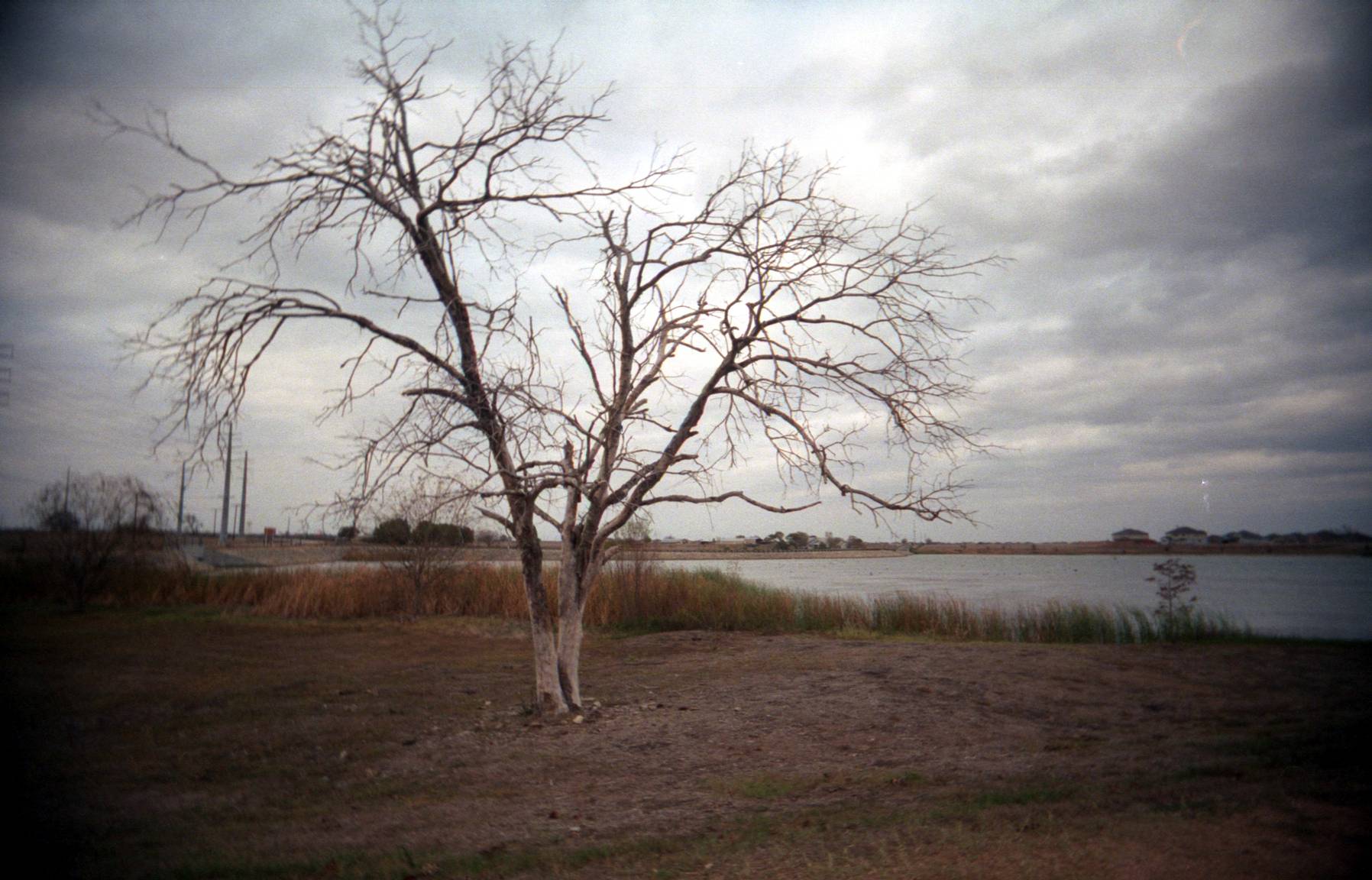








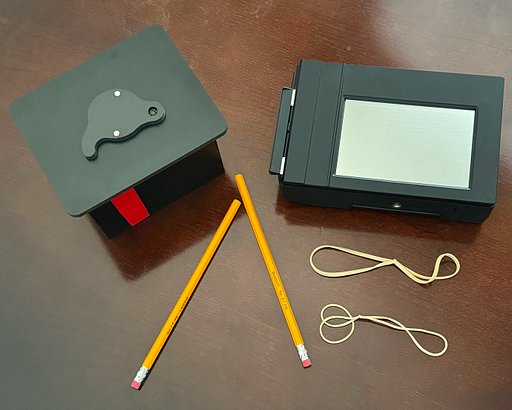



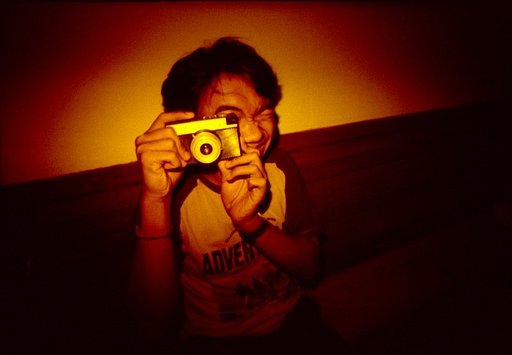
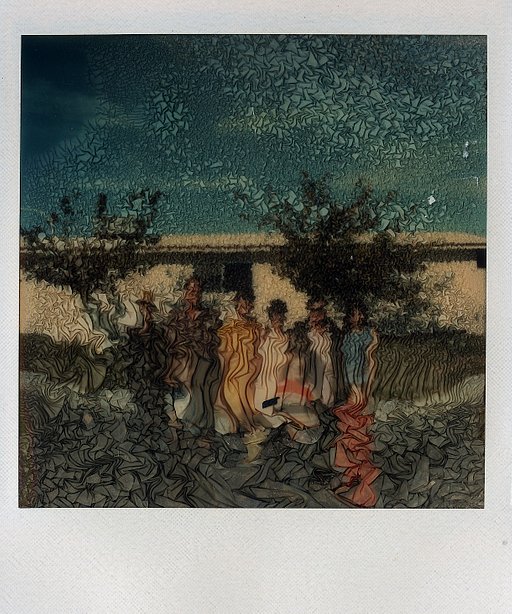


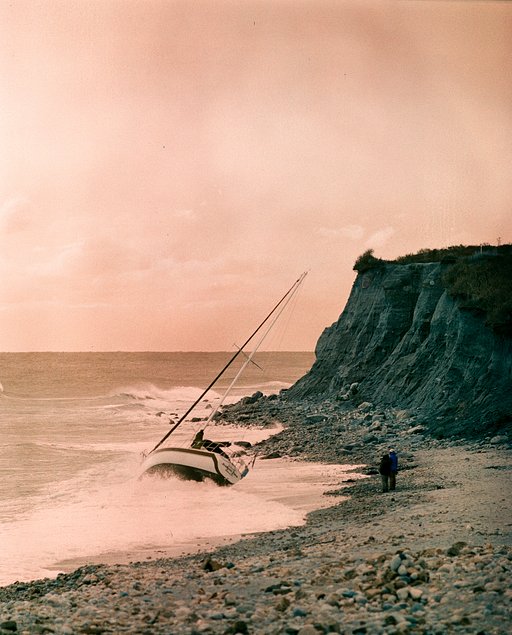







21 Comments